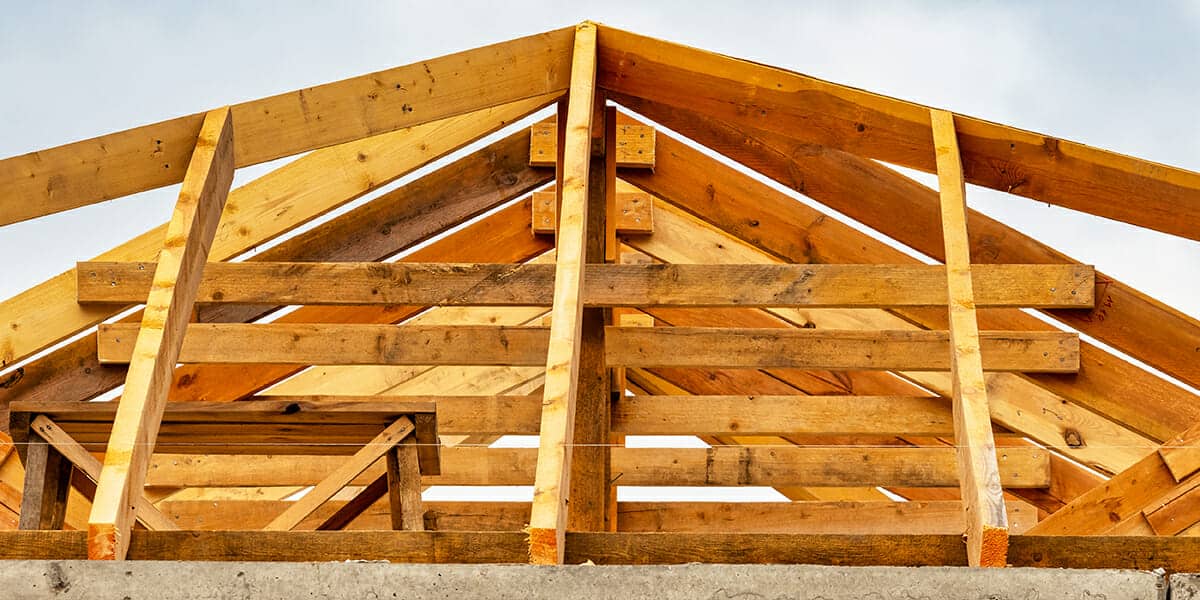In the pursuit of sustainable living, the construction industry has witnessed a significant shift towards energy-efficient homes. Among the crucial elements contributing to this eco-friendly wave are roof trusses. These structural components play a pivotal role in enhancing a home’s energy efficiency, influencing both environmental impact and economic sustainability.
Table of Contents
Understanding Roof Trusses
Bespoke oak roof trusses are engineered frameworks that form the skeleton of a roof. Comprising triangular shapes, these structures efficiently distribute the load and provide stability to the entire roofing system. While their primary function is structural, the impact of roof trusses on a home’s energy efficiency is undeniable.
Insulation Integration
One of the key ways roof trusses contribute to energy efficiency is through the seamless integration of insulation systems. By creating ample space within the truss structure, insulation materials can be strategically placed to minimise heat transfer. This ensures that homes remain cool in the summer and warm in the winter, significantly reducing the need for excessive heating or cooling.
Ventilation Optimisation
Proper ventilation is paramount in maintaining a comfortable and energy-efficient home. Roof trusses for loft conversion facilitate the incorporation of effective ventilation systems, allowing for optimal air circulation. This not only contributes to indoor air quality but also helps regulate temperatures, decreasing reliance on artificial cooling or heating methods.
Natural Light Enhancement
Energy-efficient homes often leverage natural light to reduce reliance on artificial lighting systems. Roof trusses, when designed with this in mind, can incorporate features like skylights or dormer windows. These additions not only enhance the aesthetic appeal of a home but also maximise daylight utilisation, leading to reduced energy consumption.
Sustainable Material Choices
The construction industry’s commitment to sustainability is reflected in the materials used for building components, including roof trusses. Opting for eco-friendly materials in truss construction further aligns with the goal of creating energy-efficient homes. Timber, for example, is a renewable resource that, when responsibly sourced, ensures a low environmental impact.
Thermal Mass Considerations
The thermal mass of a building, which influences its ability to store and release heat, is another aspect influenced by roof trusses. Well-designed trusses can accommodate thermal mass materials, contributing to the overall energy efficiency of a home. This results in a more stable and comfortable indoor environment throughout the year.
In conclusion, roof trusses are integral to the creation of energy-efficient homes. Their versatile design allows for the seamless integration of insulation, ventilation, sustainable materials, and considerations for thermal mass.
As the construction industry continues to prioritise environmentally conscious practices, the role of roof trusses in crafting homes that are both structurally sound and energy-efficient becomes increasingly significant. When contemplating a new home build or renovation, recognising the impact of roof trusses on energy efficiency is a step towards creating a residence that harmonises with both nature and modern living standards.

